Getting your website optimized is KEY in providing a great user experience and capturing as much search visibility in search results pages as possible. If you’re not optimizing your website, you’re likely leaving money on the table.
In this post, we’re breaking down 5 easy-to-implement SEO tips that will help you optimize your website and climb in Google’s search results this year.
1. Keyword Research
Yes, keywords have come a long way and it’s no longer about stuffing articles with the keyword repeatedly in order to rank. It’s all about meeting search intent and providing great content. Fortunately, Google has become increasingly better at not only understanding related ideas, but also predicting what kinds of questions someone might want answers to that are related to what they’re searching for.
This DOESN’T, however, make keyword research useless. It is probably more important than ever because it can help you identify topics, questions, and related topics and questions that get a lot of search traffic.
If you’re serious about getting a post or page to rank, you really shouldn’t skip this step. There are three things we primarily pay attention to:
- Search Volume & Difficulty: That way we know what people are actually searching for and the likelihood we’ll be able to rank.
- Related searches and keywords: This gives us an idea of what kind of questions might be worth answering in our article.
- What currently ranks for that search: Those articles are obviously doing something right, so checking them out to see what kinds of questions they’re answering is helpful.
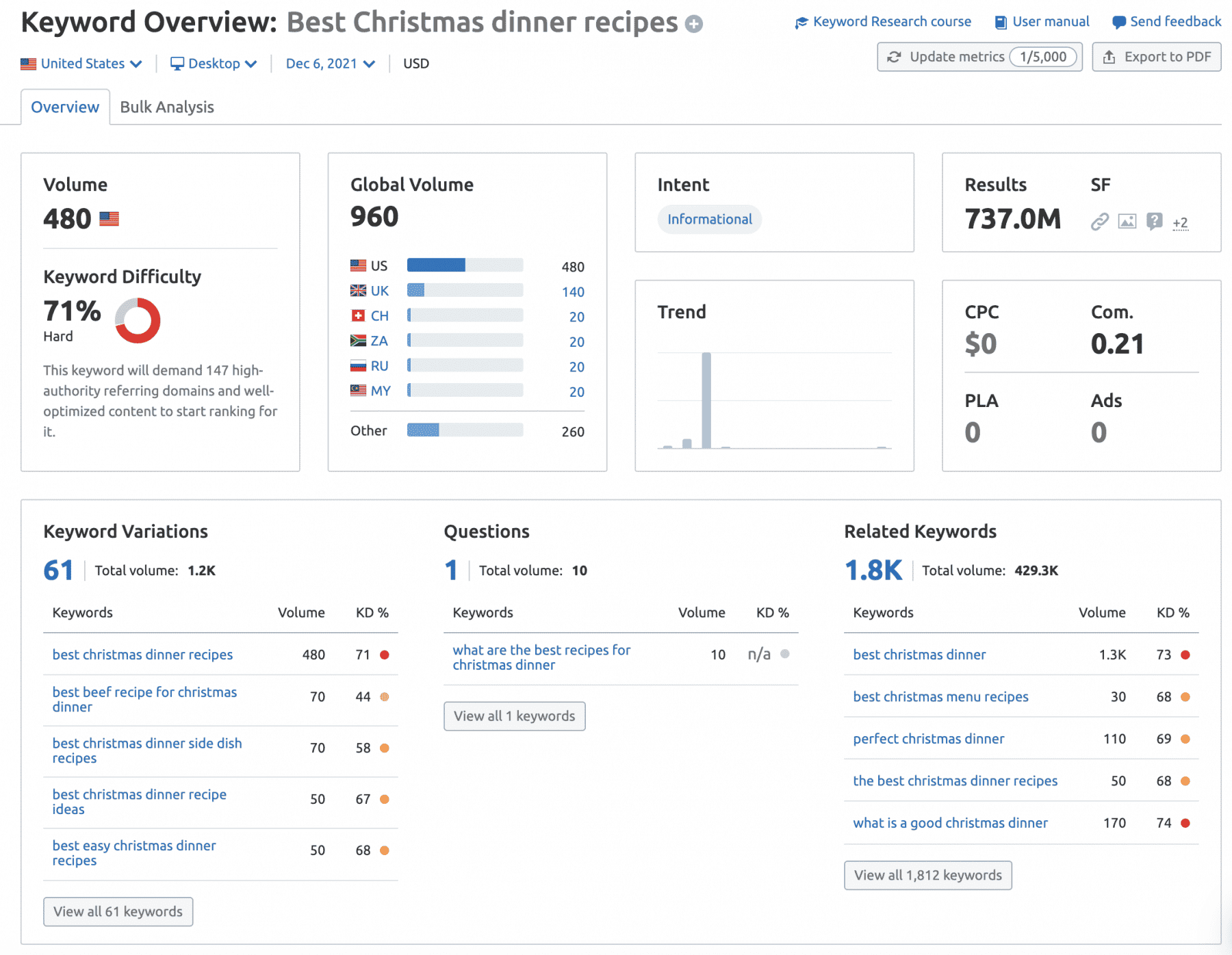
2. Page Titles and Meta Descriptions
Adding an SEO page title and meta description is super easy on most websites, yet many people don’t do it. But, a good title and meta description can make it more likely that someone clicks on your result. The page title should accurately reflect what the article is about. There’s no reason to stuff keywords because if Google doesn’t believe your title or meta description help the user, Google will change it in the Google Search Results. You can use the free tool SEO Owl to check whether Google is rewriting any of your page titles.
Also, it’s important to remember that social media platforms like Facebook often pull the title and description from the SEO page title and description.
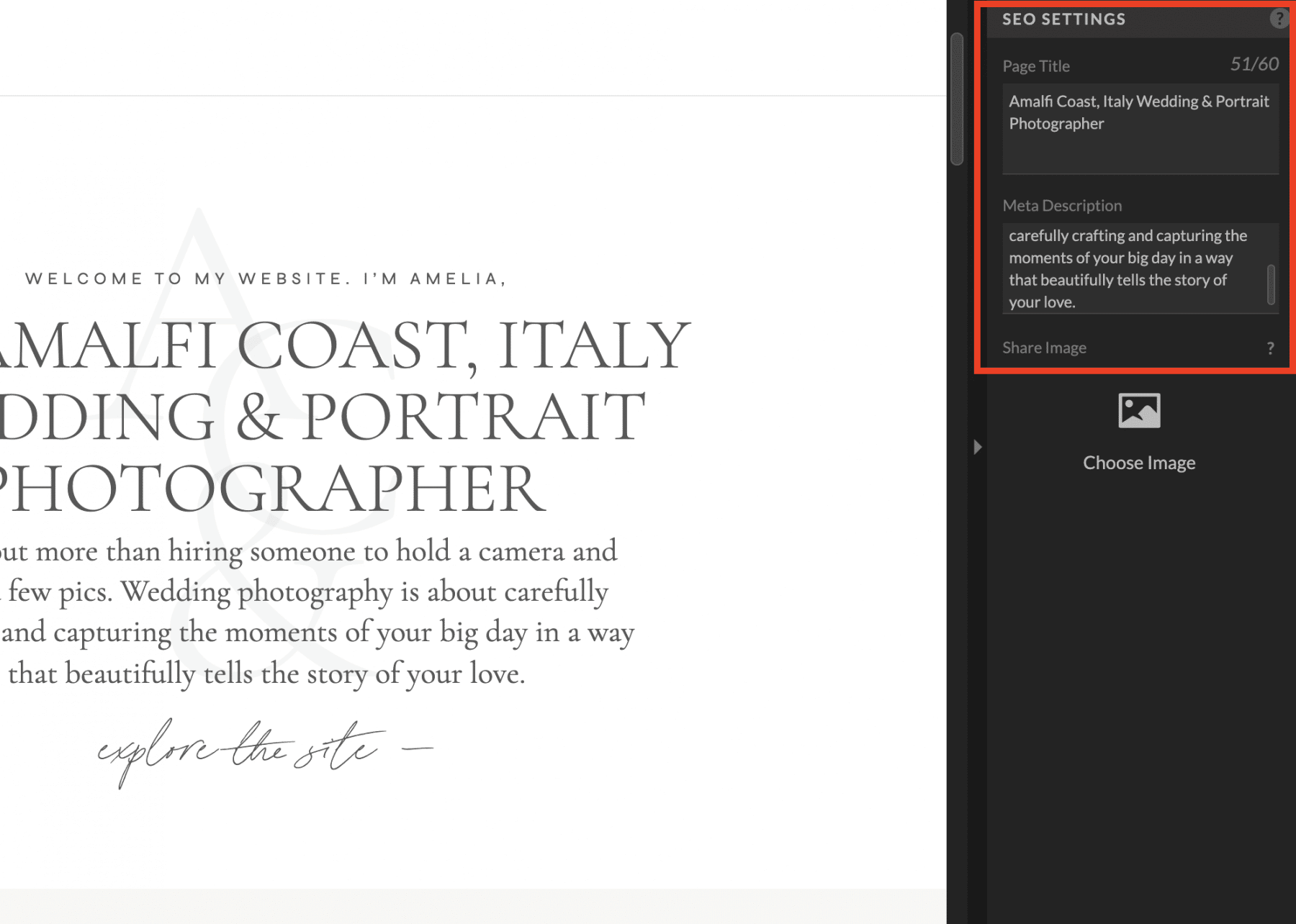
Related: How to Update Page Titles and Metadescriptions in Showit and WordPress
3. Heading Hierarchy, HTML Tags and Page Structure
Getting your heading hierarchy right can also help improve your article’s search visibility. A well-structured article can cover a lot of questions related to a topic, making it more likely your article will appear for more than one search.
In WordPress and Showit, it’s super easy to add heading tags and assign the appropriate tag to other html elements. It typically involves just highlighting or clicking an element or text and assigning the appropriate html tag. When it comes to headings, you’ll want to make sure that your page only has one h1 tag. Then you can use as many h2 and h3 tags as you’d like, but you want to make sure they’re organized correctly.
Related: The Super Simple Guide to Showit SEO
There are some Showit SEO specific nuances, especially when it comes to layering elements on a page, that we cover in our Showit SEO course. But here’s the gist: a well-structured page makes it easy for search engines like Google and, more importantly, visitors to understand and consume the content in your article.
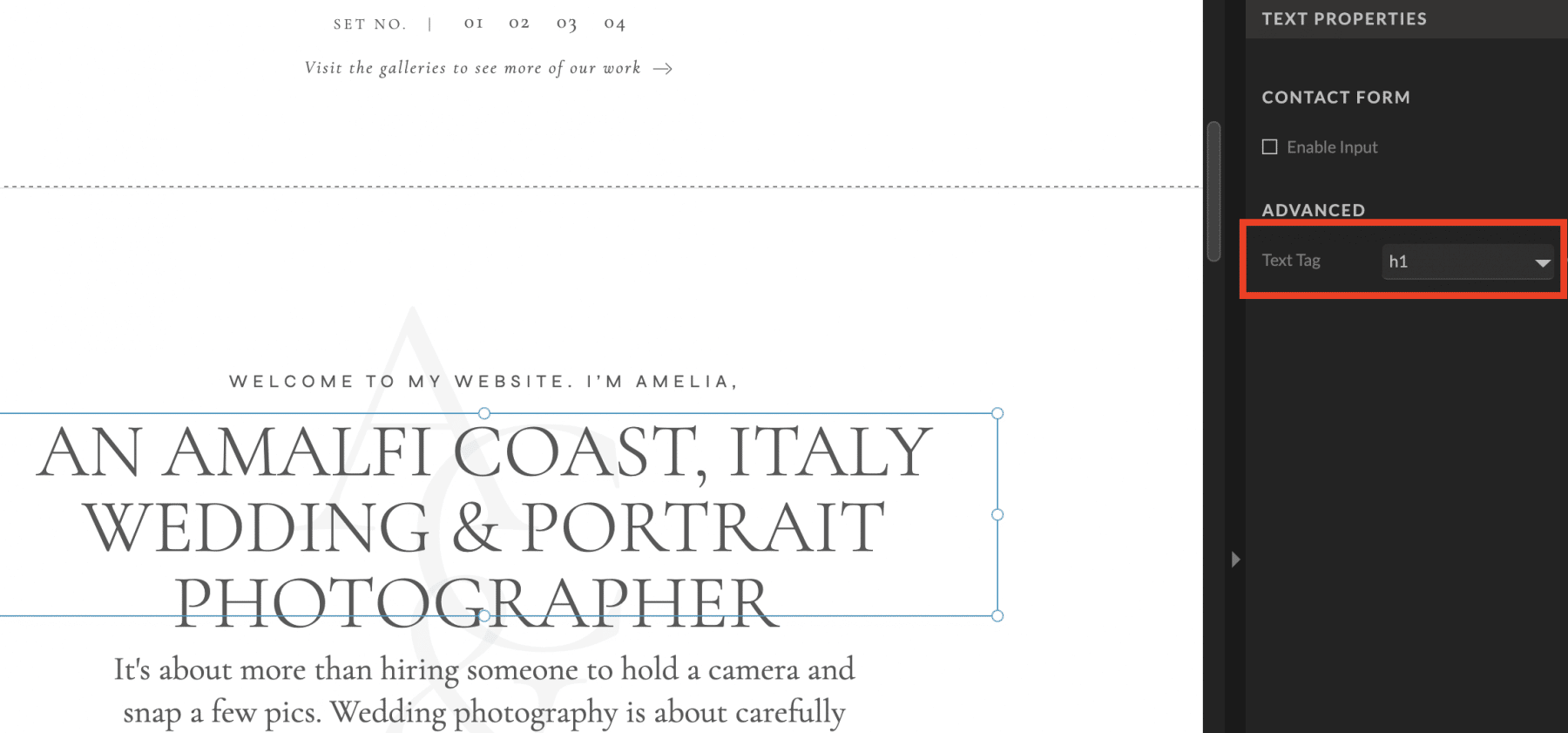
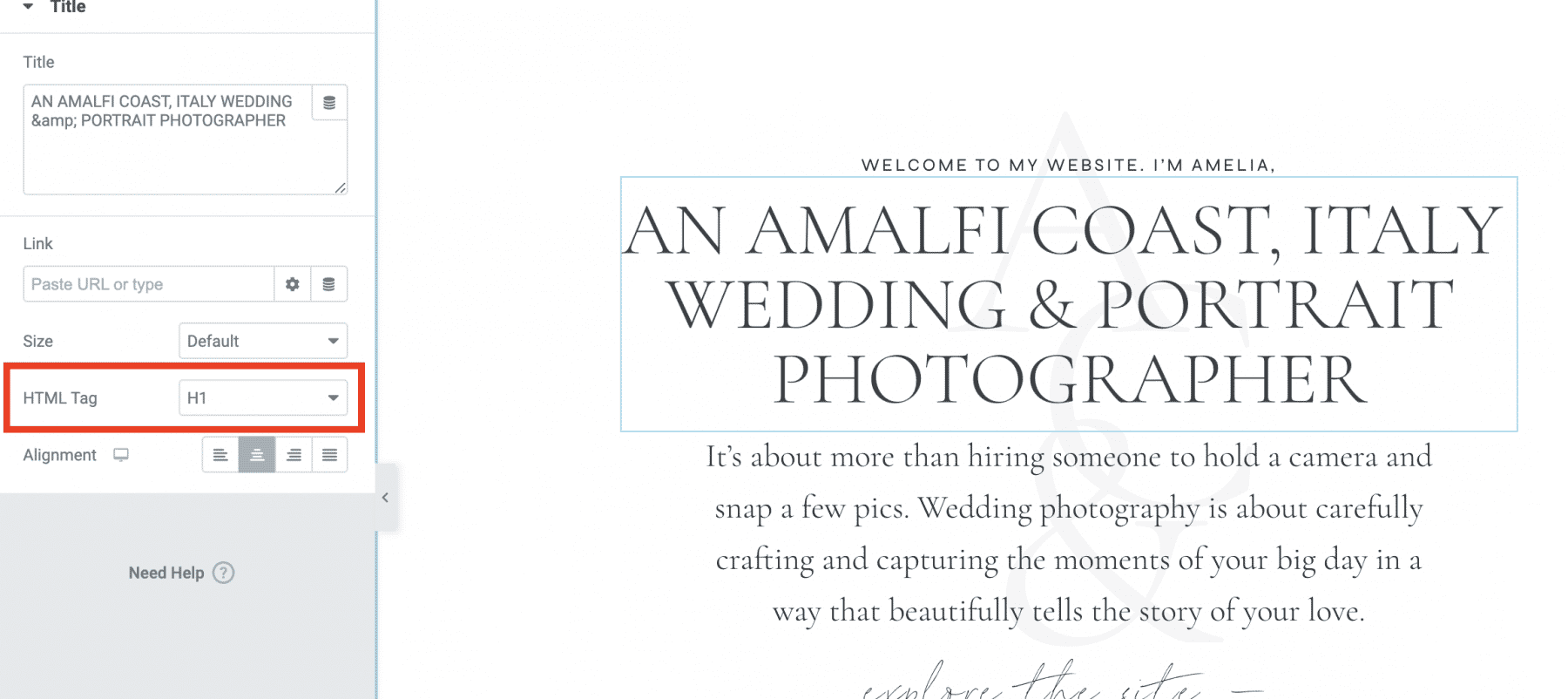
4. Implement Schema Mark-Up
Schema is structured data that search engines can better understand and then use in the search results. For instance, if you’ve ever seen those star ratings under a Google Search Result, that’s probably the work of schema markup. This might sound complicated, but fortunately SEO tools like RankMath and SEOPress make adding schema to your website super easy. We expect that schema will become even more important as time goes on. Google even has a free tool to help you check whether you’ve implemented schema mark-up correctly.
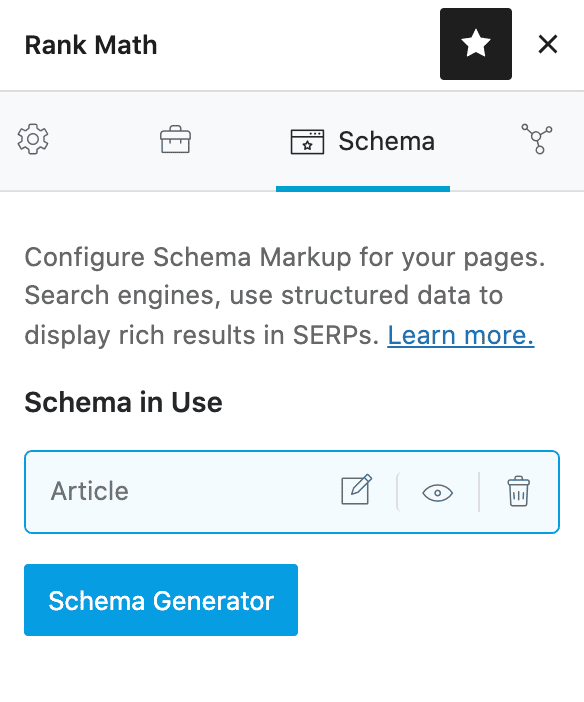
5. Image Optimization
File names and alt-text help search engines and visually impaired website users understand what an image is about. Taking the time to add descriptive file names and alt-text to your images using keywords related to the article is worth it. Just as important is sizing images appropriately.
We have a video on our YouTube channel that will teach you how to size your images for the web so they look good and don’t slow your website down too much.
Even if you focused on just these 5 things on page SEO tasks, you’d probably be in pretty good shape. But there’s a lot more to SEO that we didn’t cover in this video including optimizing website speed, internal links, and link-building.
To learn more about optimizing images on your website, check out our YouTube channel. And if you have a Showit website and want to learn more about how to optimize your website for SEO, check out our Showit SEO course.
Think we missed something or have a question? Leave me a comment below.
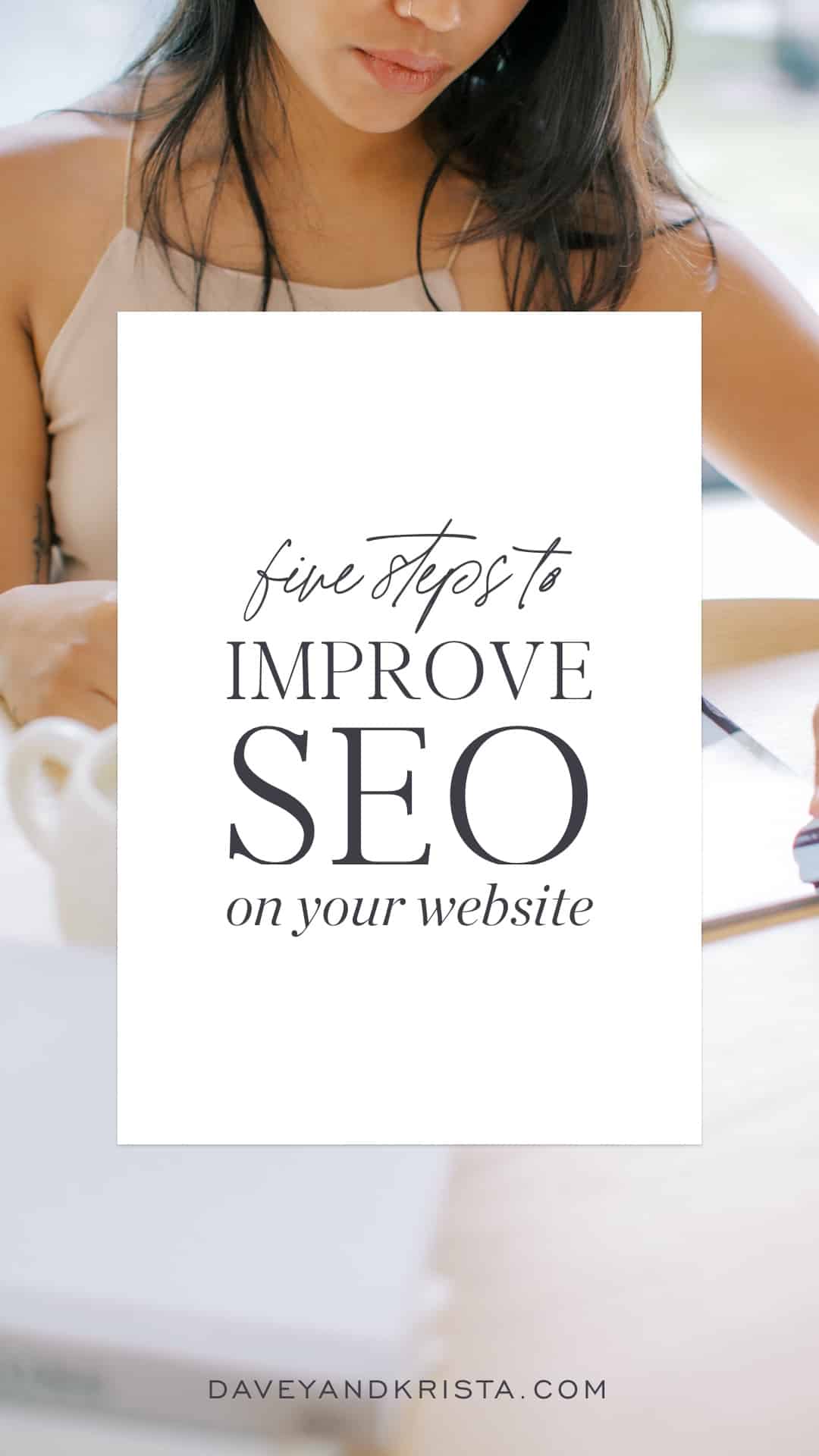
VIEW THE COMMENTS
Add A Comment